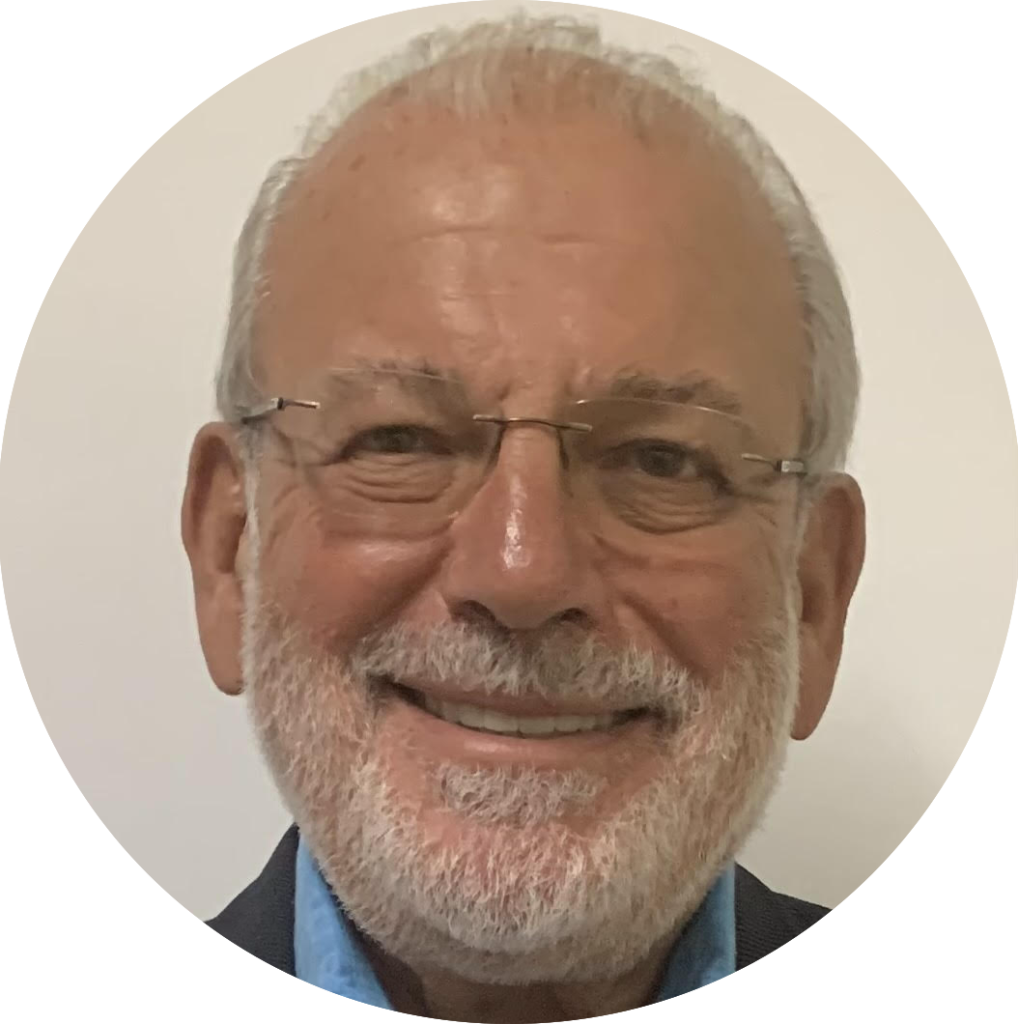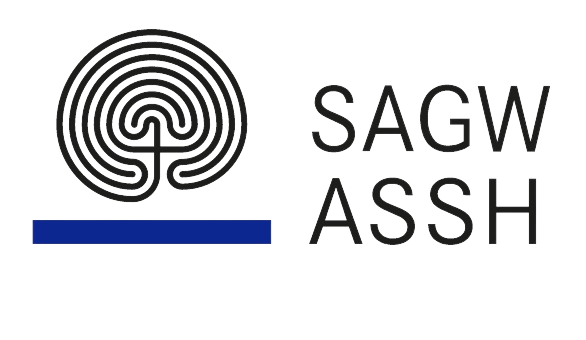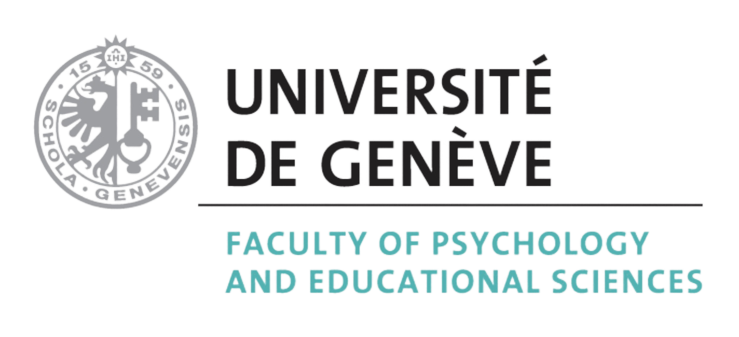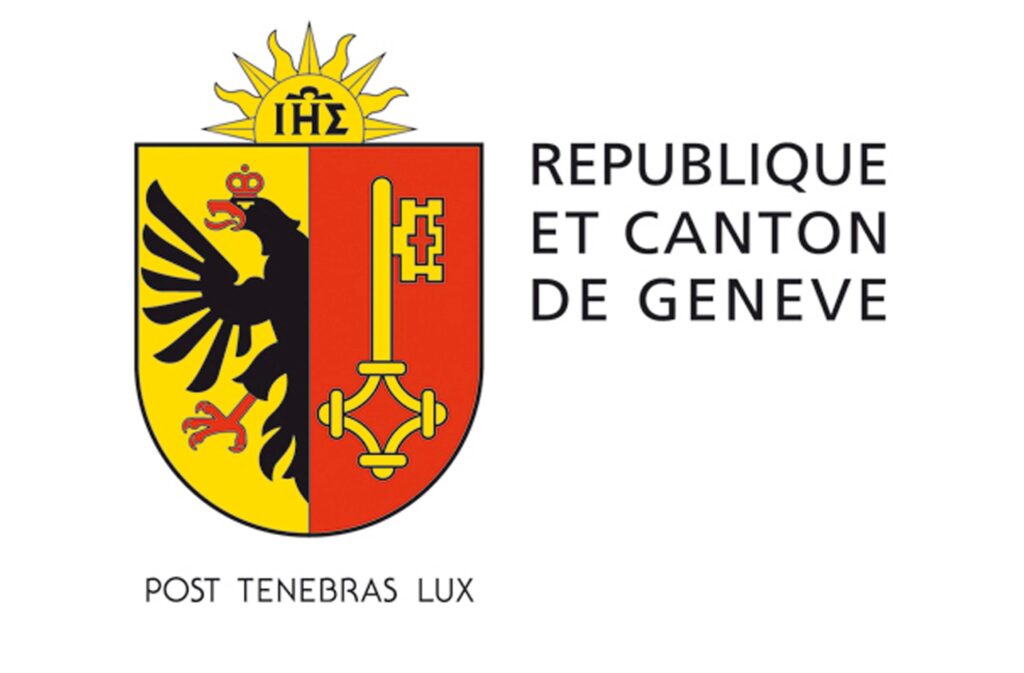Neurophysiological signature of clinical subtypes of developmental dyslexia
Giuseppe Augusto Chiarenza
Centro Internazionale Disturbi Apprendimento, Attenzione, Iperattività (CIDAAI), Milano
While the existence of clinical subtypes of developmental dyslexia is now well-established that of qeeg patterns associated with these subtypes still remains controversial. Applying the new harmonized multinational qeeg norms for the cross-spectra to the qeeg of children with different subtypes of developmental dyslexia, statistically significant differences emerge among the different subtypes and from the control group.

Keynotes
Two sides of the same coin? How the intersections of pain and reward affect perception and behavior in healthy state and in disease

Susanne Becker
Heinrich Heine University Duesseldorf
Balgrist University Hospital Zurich
Pain and reward are strong opposite motivators. Both do not only determine our behavior, they also show mutual influences and thereby affect and modulate our perception. I will discuss the psychobiological mechanisms of such intersections focusing on the role of the neurotransmitter dopamine, neural correlates, and alterations in disease states.
Psychobiology of physical activity behavior: Ultimate and proximate causes
Samuele M. Marcora
University of Bologna
Physical inactivity has a major impact on physical and mental health in modern societies. Using a psychobiological approach, we will explore why humans tend to avoid physical exertion and explore the mechanisms underlying the perception of effort during physical tasks and its role in the regulation of physical activity behaviour.

The locus coeruleus in aging

Mara Mather
University of Southern California
The locus coeruleus (LC) brainstem nucleus provides most of the brain’s noradrenaline. Older adults with better LC structural integrity have better cognitive performance. But age-related increases in noradrenergic activity may also increase risk of Alzheimer’s disease. Thus, it is critical to learn how to optimize LC function throughout life.
Origins and consequences of mood flexibility
Mathias Pessiglione
Motivation, Brain and Behavior lab, Paris Brain Institute,
Pitié-Salpêtrière Hospital, Paris
The lecture introduces a theory of mood as an average cost/benefit trade-off, expected across all potential actions. Model simulations and psychophysiological experiments suggest that the theory may account for how mood varies and affects decisions, and thereby explain both the function of mood fluctuations and the emergence of mood disorders.

The psychophysiology of mental effort

Michael Richter
John Moores University Liverpool
Work on mental effort has a long tradition in psychophysiological research. I will discuss the various employed conceptions of mental effort, the current theorizing, as well as the employed measures. Moreover, I will elaborate on the use of psychophysiological measures as markers and outcomes of psychological states and processes.
Affectivism and the emotional brain
David Sander
University of Geneva
With a focus on the emotional brain, this presentation will discuss models of emotion in the context of affectivism. In particular, we will discuss the idea that the amygdala is a key region for processing concern-relevance, and that this amygdala-based mechanism determines effects of emotion on attention, learning, and memory.











